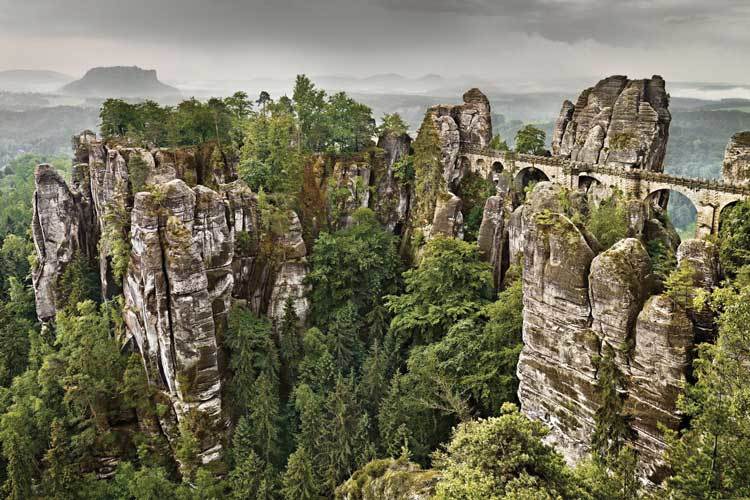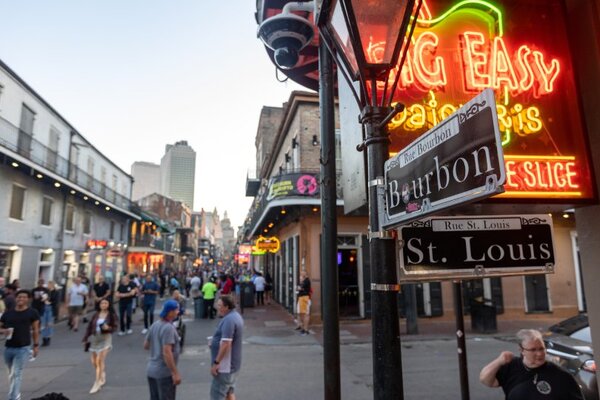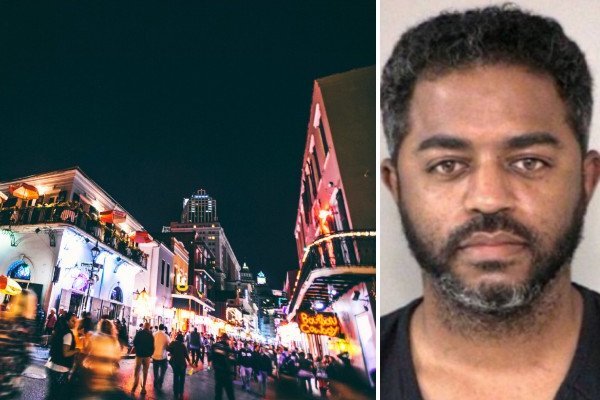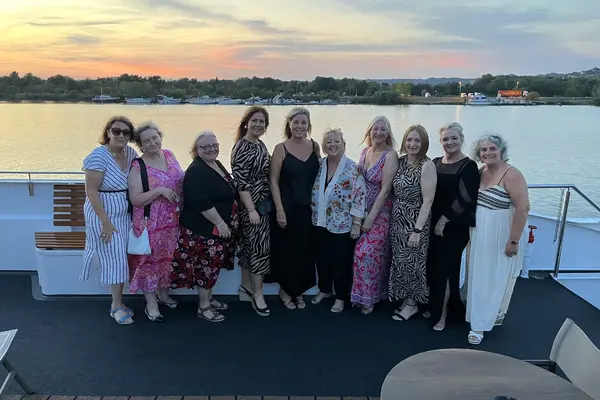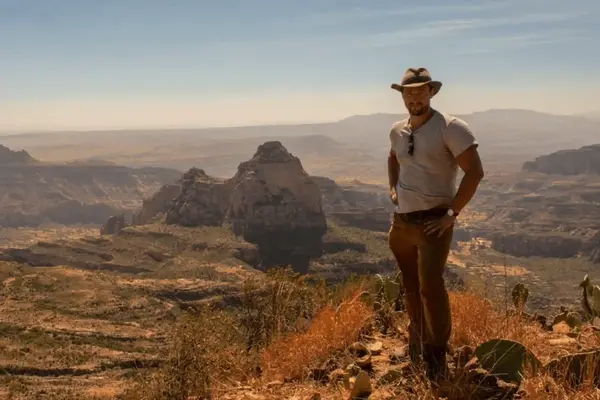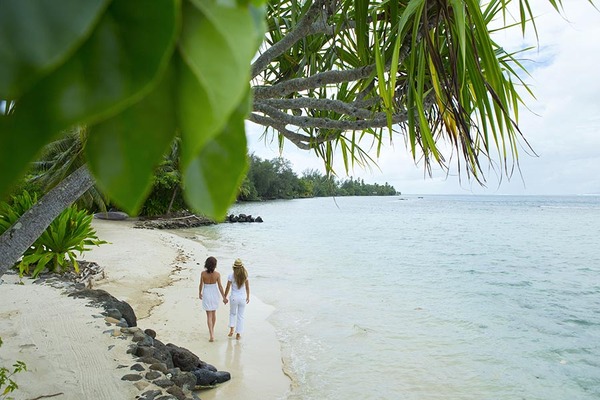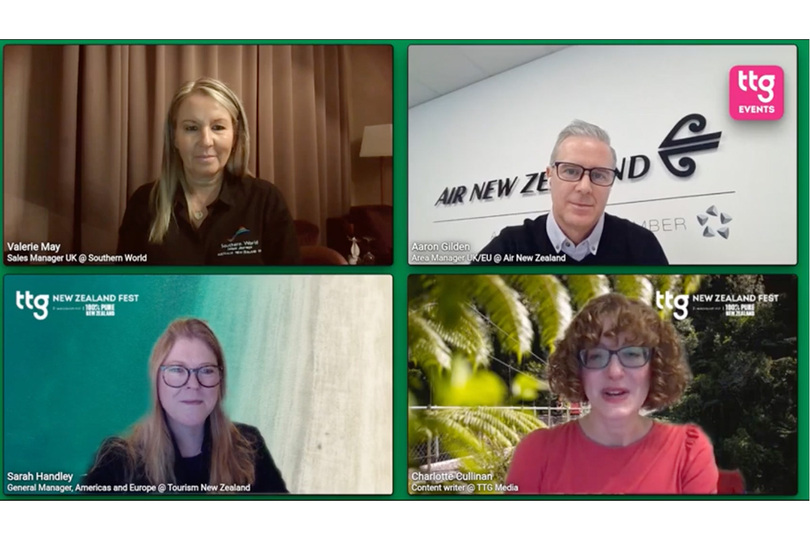Rural Germany: where to send your nature-loving clients
Hiking, biking, castles and cliffs – rural Germany is ready and waiting for your clients, says Chloe Cann
Some surprising statistics came to light at this year’s Germany Travel Show.
Klaus Lohmann, UK & Ireland director at the German National Tourist Board, revealed that more than one-third of the country’s land area is under special protection as a national park or nature park – there are almost 125,000 miles of well-signposted walking trails, more than 1,600 miles of coastline and numerous islands off its coast.
Talking at the event, which took place in London’s Royal Horticultural Halls last month, Lohmann sought to draw attention to the nation’s green side.
“Brits flock into Berlin and they love Munich and Cologne,” he said. “We are famous for cars, beer and Bach. But today we’re trying to paint a new picture of Germany. We are a green country, a rural country. We have walking, hiking, free climbing, cross-country skiing, sailing. We have beautiful mountains and the Alps. It’s not a sun and beach destination only, but we have sun and beach.”
Celebrity assistance
To kick off the tourism board’s 2016 focus on nature-based holidays, the tourist board enlisted the help of TV presenter Julia Bradbury, whose 2011 BBC Four series Julia Bradbury’s German Wanderlust documented the country’s undiscovered natural beauty.
“I’d been to Berlin and partied there a lot, but I hadn’t really discovered [Germany’s] rivers, gorges, mountains and castles,” she said.
One of the highlights of her trip was the Elbe Sandstone Mountains, in so-called “Saxon Switzerland” in the far south-east of Germany. The name came about when two Swiss men visited in the 1760s and were reminded of their home country.
“It’s one of the most unique landscapes I’ve ever encountered,” she said. “The geology is remarkable. The natural beauty and outdoor pursuits here are well known among Germans. The Bastei Bridge there is a wondrous creation – it was one of the first made entirely for tourists. I was blown away by Saxon Switzerland. It’s as unique as the Grand Canyon and might be Germany’s best-kept secret.”
Another region that Bradbury praised following her German odyssey was the Rhine Valley.
“It’s a region that encapsulates so many classic images of Germany,” she explained. “Vineyards dominate large sections of the riverbank.”
She added that the lack of bridges over the river is believed to have helped preserve the traditions of local communities, which are still alive in many parts of the region today.
The Baltic island of Rugen also caught Bradbury’s eye. The Jasmund national park, founded in 1989, is Germany’s smallest and a haven for walkers, she said, adding: “It is Germany’s answer to the White Cliffs of Dover and utterly gorgeous.”
Aside from the seaside resort of Binz – also on Rugen, and “a little like Brighton” – Bradbury spoke of another fascinating attraction: Prora.
A holiday camp with a difference, Prora features one of Europe’s longest buildings, which was constructed in the 1930s by order of Hitler.
Now the three-mile long structure features art galleries and is set to be turned into luxury holiday apartments.
Though the tourist board has recorded a decline in visitors from some source markets owing to the refugee crisis, Bradbury pondered whether one of the obstacles to attracting visitors from the UK and Ireland to Germany could be much more straightforward.
“We Brits are quite adventurous,” she said. “Some people might just think Germany’s a bit too close for them.” But with sights to rival the White Cliffs of Dover and the Grand Canyon, rural Germany is unlikely to stay a secret for long.

